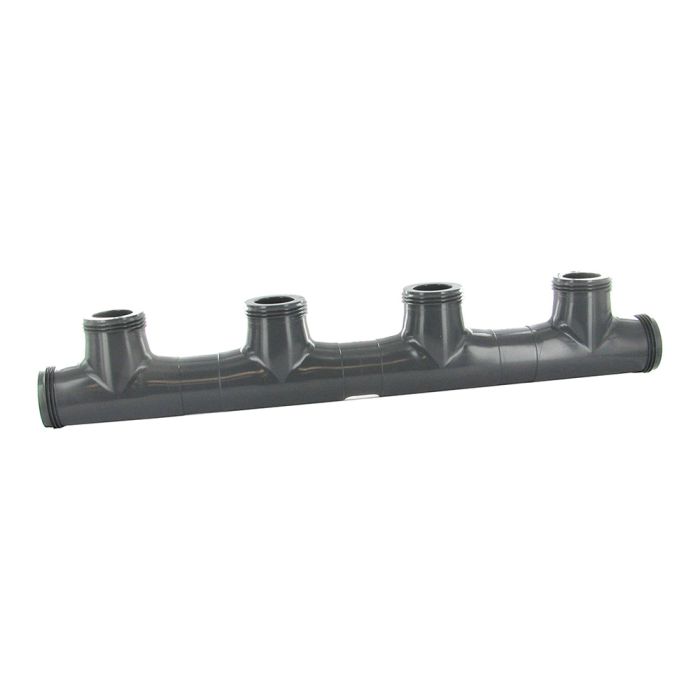
Located primarily underground, it’s not always obvious when you have wire damage. Sometimes, normal wear and tear will deteriorate wiring, or there might be other more immediate causes, such as tampering critters or the elements. DO repair damaged wires.ĭamaged wires will prohibit the controller from “talking” to the valves and making them open or close on schedule.
#SPRINKLER MANIFOLD FREE#
Combined with a sealant, waterproof wire connectors will keep the electric components of a sprinkler system free of exposure to moisture.

Installation entails not much more than a simple twist. Waterproof connectors are available at most improvement stores, and cost less than a dollar each. To do so, add waterproof connectors to protect the sprinkler system wiring from the elements. Keeping wire connections on each individual valve protected and dry helps them last longer and maintains system communications so that the sprinklers operate properly. Is it operating according to schedule? If not, the controller may not be receiving adequate power to do its job of keeping the system running on time. At the same time, look for any other signs of wear and tear, such as fraying, on the transformer, and pay attention to the system’s operation. This reading determines if the transformer is in good shape or needs to be replaced. Test this electrical part with a quality multimeter to ensure it’s operational. The pipes, valves, sprinkler heads, and water can’t do anything for the lawn without a working transformer to help power the sprinkler timer. Look for cracks, rips, or other signs of disrepair in each of the valves. The central assembly is either located above ground or underground, usually close to the house. Check valves in both the central valve assembly and individual sprinkler heads, as well as their coordinating areas of the grass. These plastic parts help direct the water from its main source to the rest of the yard through what’s known as a valve assembly or manifold.Īgain, similar to any system issue, signs of a valve problem will be indicated by irregular water pressure and wetter or drier areas of the yard. Sprinkler leaks are most often caused by faulty valves. You can either refer to a sprinkler installation guide for sprinkler repair steps, or contact an irrigation specialist. Take action as soon as you notice the leak in the sprinkler itself or see puddles in the surrounding lawn. Make sure water pressure is consistent, and that there are no drier or wetter areas than others on the lawn. Keep an eye on the general water flow of the whole sprinkler system.



Not only could the lawn and garden receive too much water at the leak and too little irrigation elsewhere in the yard, but your water bill may also increase because of unneeded use. Similar to most plumbing issues, a small leak can create much larger problems.
#SPRINKLER MANIFOLD HOW TO#
If in doing so you discover a damaged part leftover from the last time you mowed the lawn, follow this step-by-step on how to replace a sprinkler head. Of course, always keep an eye out for any potential clogs while in use such as dry spots and no water flow, and be sure to handle the issue right away. The process will entail turning off the irrigation system and removing and soaking the nozzle, so consult with your irrigation system manufacturer on how best to clean your sprinkler heads. Set yourself an annual reminder to clean sprinkler heads to make sure they continue to flow water properly and that water pressure remains consistent. Making sure sprinkler heads are clean and clear will keep the whole system running properly. Clogged sprinkler heads impact the distribution of water across the lawn, potentially leading to patches that are drier and browner than others. Sprinkler heads can easily become clogged with dirt and other ground residue.


 0 kommentar(er)
0 kommentar(er)
